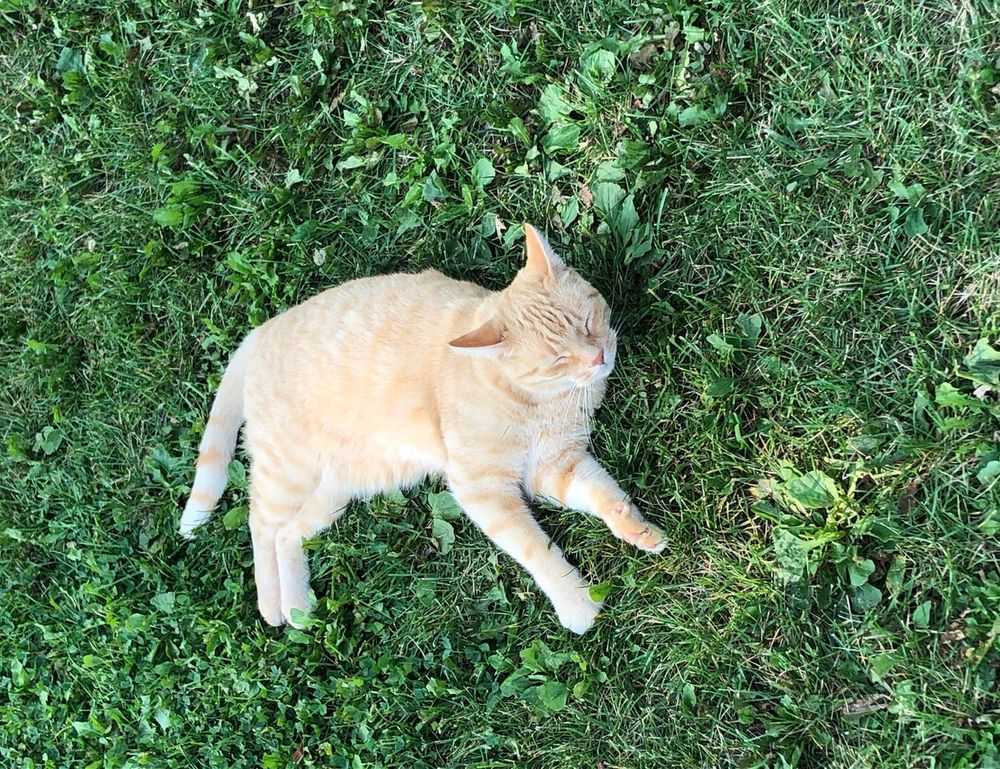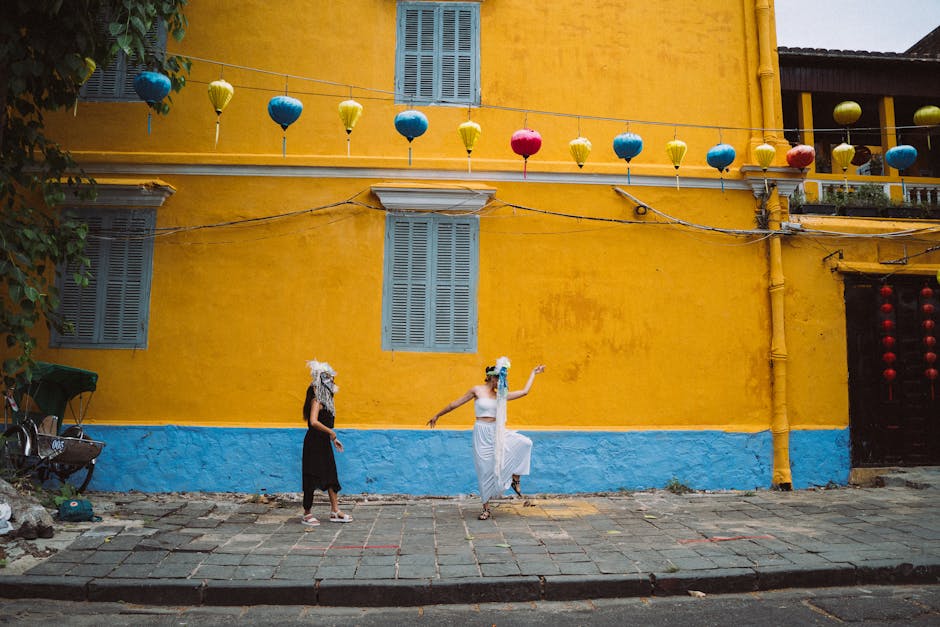Understanding bigboobafrolatina
At first glance, “bigboobafrolatina” might appear like a username. But it encapsulates a bold reclaiming of bodypositive identity, centering AfroLatina women with fuller figures who are typically underrepresented in mainstream media. The term isn’t about shock—it’s about specificity. It places a distinct identity at the center of the digital stage, where it won’t be minimized or filtered.
AfroLatina women have long existed at cultural intersections—Black and Latina, proudly bilingual, shaped by rich heritage and also sidelined by both communities. When you add in body size—specifically largerchested women—you layer in another dimension of marginalization and misrepresentation. The term “bigboobafrolatina” pushes back.
Cultural Identity and Visibility
The internet is a wild mess of representation. Some communities are overrepresented; others remain invisible. For AfroLatina women, especially those who don’t fit the mold of Eurocentric beauty standards, the struggle to be seen is real. The rise of terms like “bigboobafrolatina” signals a shift—not just inclusion, but visibility with agency.
We’re no longer living in a world where “diversity” means placing one token character in a campaign. People are defining themselves on their own terms. Hashtags, usernames, and profiles are now tools of personal branding and social storytelling. “bigboobafrolatina” becomes a badge—defiant, real, and unapologetic.
The Intersection of Algorithm and Aesthetics
Social media thrives on visual identity. Aesthetics matter. But so do algorithms. Platforms like Instagram, TikTok, and YouTube decide what bubbles up, and that decision isn’t always fair. People who don’t match narrow standards of beauty often find their content suppressed or misunderstood.
When a creator attaches a name like “bigboobafrolatina” to their content, there’s a strategy at play. It tells the algorithm exactly what the post is about—and who it’s for. It also draws in a community of people who identify similarly or those simply hungry for more authentic representation.
Beyond the Bodies: Talent, Style, and Voice
Focusing only on the physical misses the point. Women tagging themselves or their content with “bigboobafrolatina” are often multitalented artists, creators, fashion innovators, activists, and storytellers. The term doesn’t diminish depth; it signals presence. It’s not an invitation to fetishize—it’s a statement of fact layered with skills, craft, and intentional selfrepresentation.
AfroLatina women have always contributed to arts and culture—from music and film to fashion and activism. But visibility hasn’t equaled acknowledgment. The phrase “bigboobafrolatina” reclaims space in the algorithm, not as clickbait, but as a filterbusting declaration.
Confidence in a Hashtag
Search “bigboobafrolatina” and you’ll likely find vibrant visuals, curated style, powerful captions, and a defiant sense of fun. That’s not vanity—it’s visibility work. In a world that teaches certain people to shrink, this identity refuses to do so.
Hashtags and keywords now function as cultural spacemakers. They’re shortcut paths to community, discovery, and even economic opportunity. If a model, influencer, or creative can grow a following anchored on honest selfidentity, they unlock doors to partnerships, sponsorships, and other professional recognition.
The Flip Side: Objectification and Moderation
It’s not all empowerment. There’s a fine line between selfrepresentation and objectification—especially in environments built more for consumption than connection. Terms like “bigboobafrolatina” can be misused, coopted, or targeted. Harassment, shadow banning, or the threat of overmoderation is real among creators using this tag.
Platforms still have blind spots around inclusive moderation. A term that’s identityrich to some might be flagged as inappropriate by algorithms trained on bias. This raises the need for better, more contextaware tech—and stronger platforms willing to protect nonmainstream forms of expression.
Bigboobafrolatina in the Marketplace
From fashion brands to lifestyle products, the industry is always looking for the next trend. But when that trend walks in with unapologetic body features and cultural identity, the dynamic shifts. AfroLatina creators who use “bigboobafrolatina” aren’t just marketable—they’re market shifters.
They influence what’s cool, what’s seen, and what enters the commercial dialogue. As more brands move toward inclusive marketing, partnering with creators who’ve built communities around confidence, culture, and diverse beauty sends a clear message. It says, “We see you, we value you—on your terms.”
Conclusion
“bigboobafrolatina” isn’t a gimmick or passing internet moment. It’s a microcosm of a broader movement—proud, selfnamed identities boldly centered in digital and cultural space. As long as platforms, brands, and communities remain mindful, this kind of visibility continues opening doors and cracking legacy systems.
What started as a username grows into an identity, a digital anchor for stories that matter. It’s more than appearance—it’s presence.


